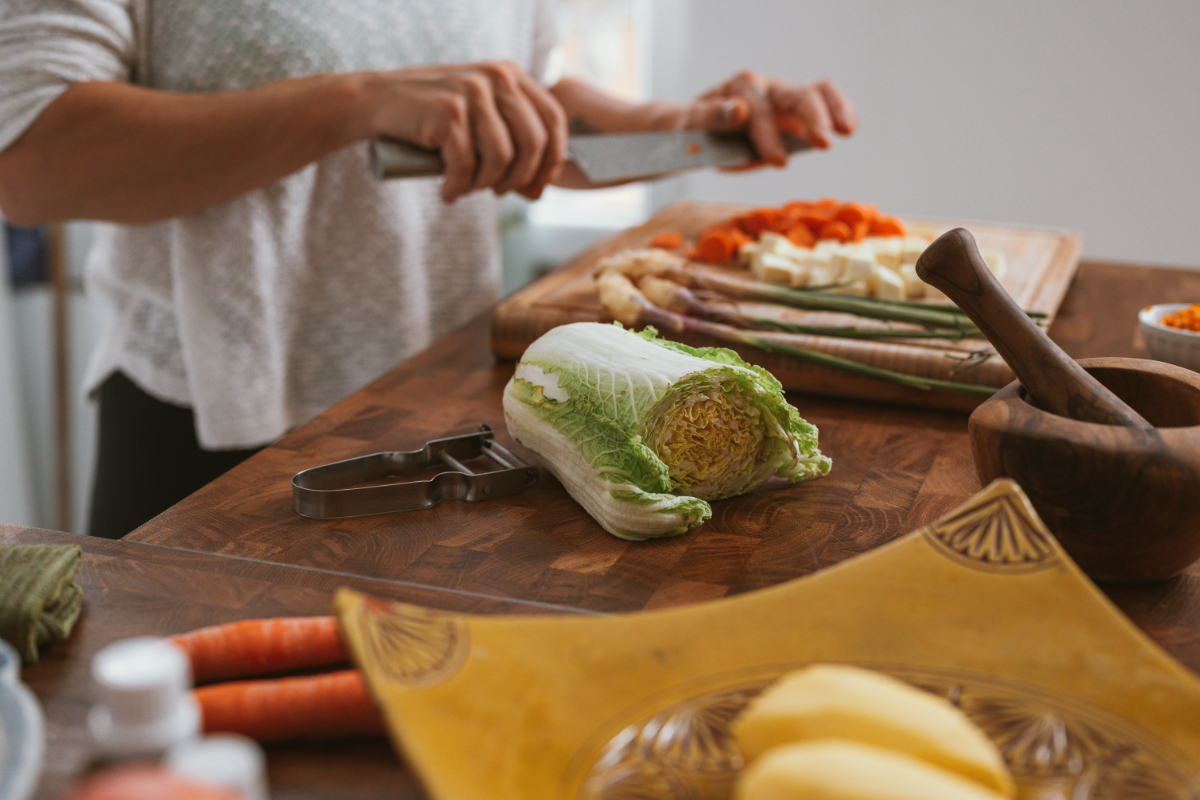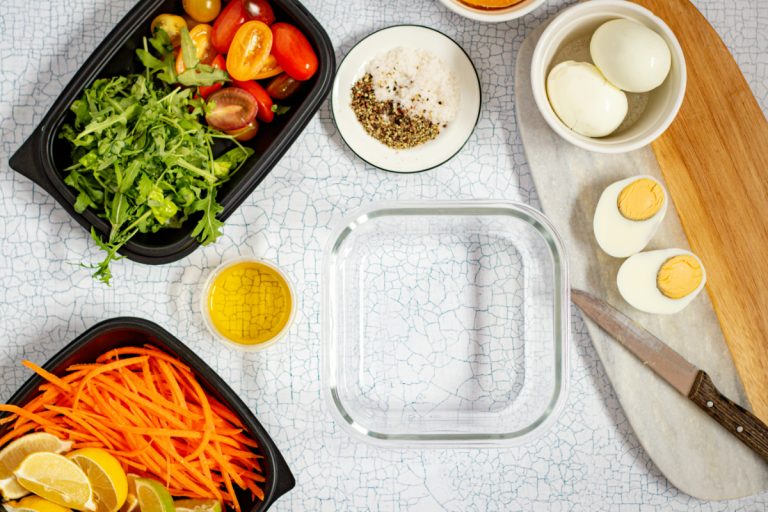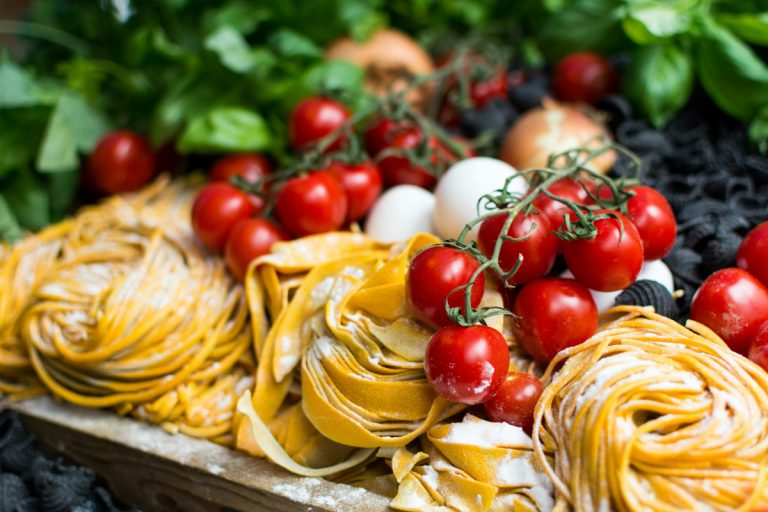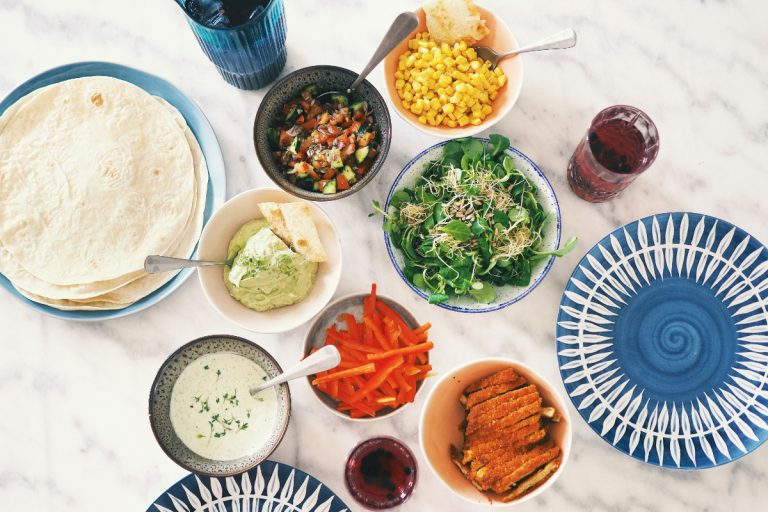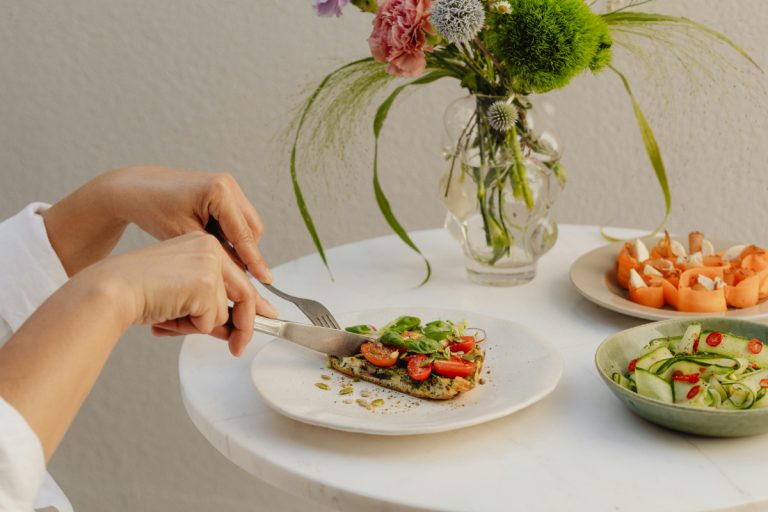Mindful Cooking Ideas: Simple and Healthy Recipes for a Balanced Lifestyle
Are you looking for ways to bring more mindfulness into your daily routine? One way to do so is through mindful cooking. Mindful cooking involves being fully present in the moment while preparing and cooking your food. It’s about taking the time to appreciate the smells, textures, and flavors of the ingredients you are working with.
Not only can mindful cooking help you feel more grounded and centered, but it can also lead to healthier eating habits. When you are more aware of what you are putting into your body, you are more likely to make healthier choices. In this article, we will explore some mindful cooking ideas that you can incorporate into your daily routine. From simple techniques to more elaborate recipes, there are plenty of ways to bring mindfulness into your cooking. So grab your apron and let’s get started!
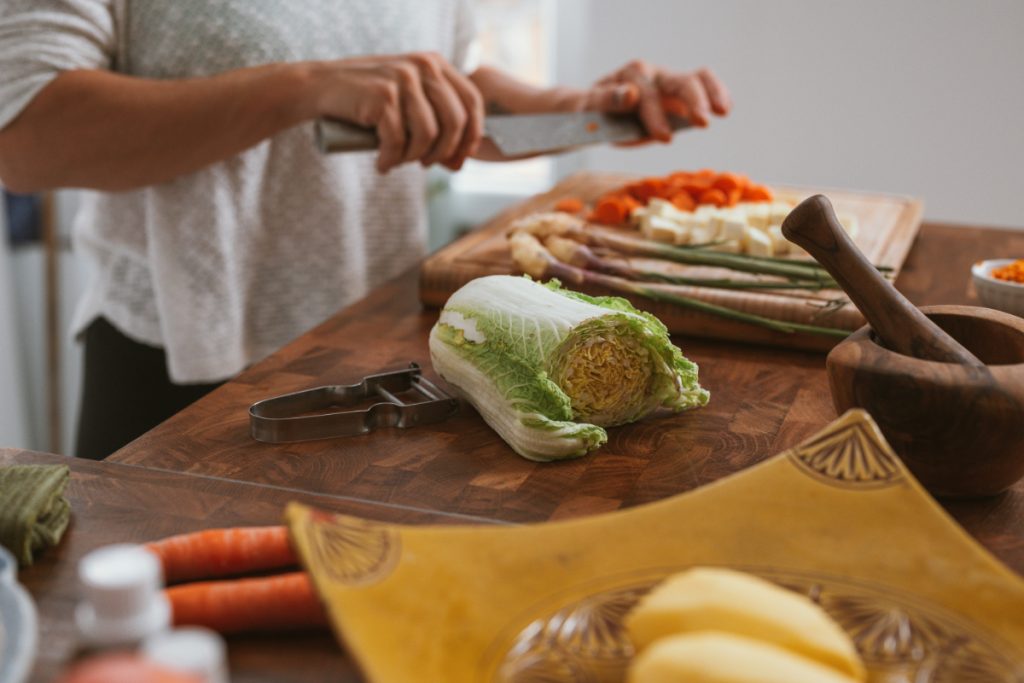
Essentials of Mindful Cooking
Understanding Mindfulness in the Kitchen
Mindful cooking is all about being present in the moment and focusing your attention on the task at hand. It’s about bringing mindfulness practices into your daily activities, such as food preparation. By doing so, you can cultivate a sense of calm and focus, which can help you enjoy the cooking process more and create more delicious meals.
To be mindful in the kitchen, you need to pay attention to your senses, such as sight, smell, taste, touch, and sound. For example, when you’re chopping vegetables, pay attention to the colors and textures of the vegetables, the sound of the knife cutting through them, and the smell of the fresh produce.
Setting the Intention for Your Meal
Another essential aspect of mindful cooking is setting the intention for your meal. This means taking a moment before you start cooking to think about why you’re making the meal and what you want to achieve with it. For example, you might want to create a healthy and nutritious meal for your family, or you might want to make a special dinner to celebrate a milestone.
Setting the intention for your meal can help you stay focused and motivated throughout the cooking process. It can also help you make more conscious decisions about the ingredients you use and the cooking methods you choose. By setting a clear intention for your meal, you can create a more meaningful and enjoyable cooking experience.
To summarize, mindful cooking is all about being present in the moment and setting the intention for your meal. By focusing your attention on the task at hand and cultivating a sense of calm and focus, you can create more delicious and meaningful meals.
Creating a Mindful Kitchen Space
Cooking can be an incredibly mindful activity if you create the right environment. Your kitchen should be a space that promotes serenity and encourages a sense of presence in your culinary activities. Here are some ideas for creating a mindful kitchen space.
Organizing Your Cooking Area
A cluttered kitchen can lead to a cluttered mind. Take some time to organize your cooking area, so everything has a designated place. This will help you stay focused and present while cooking. Consider using drawer dividers, shelf organizers, and labeled containers to keep everything in its place.
Choosing Your Ingredients Consciously
Mindful cooking starts with mindful ingredient selection. Choose ingredients that are fresh, seasonal, and locally sourced when possible. Not only will this support your local community, but it will also ensure that you are cooking with the freshest ingredients possible.
Consider using organic and non-GMO ingredients to avoid consuming harmful chemicals and pesticides. You can also choose ingredients that are ethically sourced and support fair trade practices.
When you are cooking, take the time to appreciate the colors, textures, and aromas of your ingredients. This will help you stay present and engaged in the cooking process.
Creating a mindful kitchen space can help you cultivate a greater sense of awareness and presence while cooking. By organizing your cooking area and choosing your ingredients consciously, you can create a space that promotes serenity and encourages mindful cooking.
Mindful Cooking Techniques
When it comes to mindful cooking, it’s not just about the ingredients you use, but also how you approach the cooking process. Here are two techniques that can help you cook mindfully.

Engaging the Senses
Engaging the senses is a great way to bring mindfulness into your cooking. Start by taking a few deep breaths and focusing on your senses. What do you see, smell, hear, and feel? Take a moment to appreciate the colors, textures, and aromas of the ingredients you are using. Notice the sounds of the sizzling pan or the boiling water. By engaging your senses, you can bring more awareness and presence to the cooking process.
Cooking with Presence
Cooking with presence means being fully present and engaged in the cooking process. It means giving your full attention to the task at hand and not being distracted by other thoughts or tasks. One way to do this is to focus on one task at a time. For example, if you’re chopping vegetables, focus solely on that task and don’t worry about what comes next. Another way to cook with presence is to slow down. Take your time and enjoy the process. Don’t rush through it just to get it done.
Here are some other tips for cooking with presence:
- Turn off your phone and other distractions
- Use a timer to help you stay focused on one task at a time
- Take breaks when you need to
- Practice gratitude for the food you are preparing
By engaging your senses and cooking with presence, you can turn cooking into a meditative practice that can help you feel more calm and centered.
Mindful Eating Practices
When it comes to mindful cooking, it’s not just about the food you prepare, but also about how you eat it. Here are some mindful eating practices that can help you savor your meals and cultivate gratitude:
Savoring Your Meal
Mindful eating involves being present and fully engaged with your food. This means taking the time to savor each bite and appreciate the flavors, textures, and aromas of your meal. To practice savoring your meal, try the following:
- Take small bites and chew slowly: This allows you to fully taste and enjoy each bite, and also aids in digestion.
- Put down your utensils between bites: This helps you slow down and be more mindful of your eating habits.
- Engage your senses: Take in the colors, smells, and textures of your food. Notice how each bite changes as you chew it.
Gratitude and Reflection
Another important aspect of mindful eating is cultivating gratitude and reflection. This involves being thankful for the food you have and reflecting on the effort that went into preparing it. To practice gratitude and reflection, try the following:
- Take a moment to give thanks: Whether it’s a simple “thank you” or a more elaborate prayer or meditation, take a moment to express gratitude for your food.
- Reflect on the journey of your food: Think about where your food came from, how it was grown or raised, and the people who were involved in bringing it to your table.
- Eat with intention: Rather than mindlessly consuming your food, set an intention for your meal. This could be as simple as focusing on nourishing your body or connecting with loved ones over a shared meal.
By incorporating these mindful eating practices into your meals, you can enhance your overall dining experience and cultivate a deeper appreciation for the food you eat.
